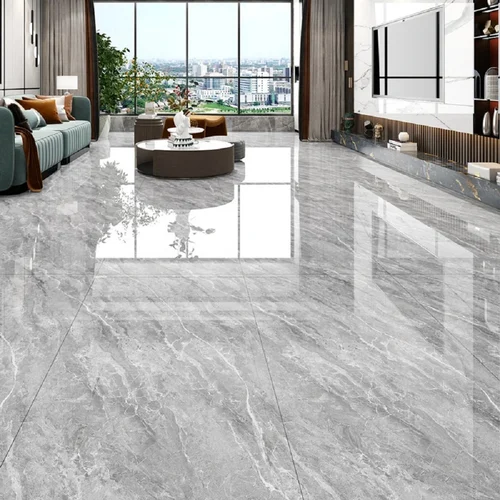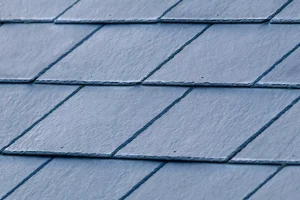
Home design needs are met through the multiple shapes and sizes of tiles available from the tile manufacturers. Current tile trends feature textures and natural appearances as design elements to enhance the visual interest of any space.
Diagonal patterns create dynamic movement in a room through simple installation and work with both square and rectangular tiles.
Color
The colors of floor tiles strongly determine how the layout of a space will appear. Rooms appear bigger and more spacious with brightly-hued tiles while neutral tones blend easily with multiple design styles.
Mosaic tiles deliver both practical flooring solutions and artistic expression in one package which provides numerous aesthetic options from contemporary glass subway tile designs to classic stone compositions.
Patterned flooring extends the depth and dimension of a room and works well with existing design elements. Herringbone tile patterns use angled rows to create an interlocking design while chevron designs use rectangular tiles in a zigzag arrangement for a similar effect and octagon and dot mosaic sheets offer these geometric shapes for simple installation.
Pattern
Patterns in floor tiles introduce visual appeal along with individual style to any room. In addition to working with furniture and wallpaper these elements can control how people move through a space.
Rooms with herringbone or chevron tile patterns direct people toward focal points such as fireplaces or picture windows. Geometric shapes have achieved popularity in flooring because they create eye-catching designs.
The Kaleidoscope Tile Pattern displays an eye-catching design where small and large squares interlock to create a pattern with 49 repeating motif tiles. Due to its complex replication process this distinctive layout should only be tried out in expansive areas. The Windmill Pattern uses monochromatic rectangle tiles to frame unique tiles in an eye-catching way and the Pinwheel Pattern builds visual complexity with two smaller square tiles placed side by side to frame a central square tile.
Material
The type of tile you choose for flooring will affect its longevity and installation expenses because different styles and characteristics like thickness and surface finish change durability and price. Porous tiles tend to stain more easily yet vendors sell less-porous types that endure heavy foot traffic well.
Homeowners can choose from countless decorative tile types which allow for both detailed geometric designs and timeless herringbone and chevron patterns. Ceramic and porcelain tiles come in multiple colors that work with any design scheme.
Select flooring material based on your budget and room placement while considering how it will complement existing decor. Rooms appear bigger when you use larger-format tiles but mosaic tiles generate a cozy atmosphere.
Installation
Floor design tiles offer unlimited customization options no matter which design style you choose. Tiles designed for long-term durability remain intact over time when they are properly selected and installed.
Each floor tile type requires its own installation method yet they all need detailed planning and close attention. Begin installation by sketching layout lines on graph paper to make sure your tile line patterns match correctly.
We must follow manufacturer guidelines for surface preparation when installing tile floors just as we adhere to them during surface prep. When you install appropriate thinsets and supporting materials correctly your floor covering will achieve maximum performance and durability. The standard supporting materials consist of concrete slabs, wood or steel frameworks covered with plywood or cement backer board and plywood or cement backer board panels alongside plywood sheets or cement backer board which need thorough inspection to ensure they deliver the necessary stiff support.




